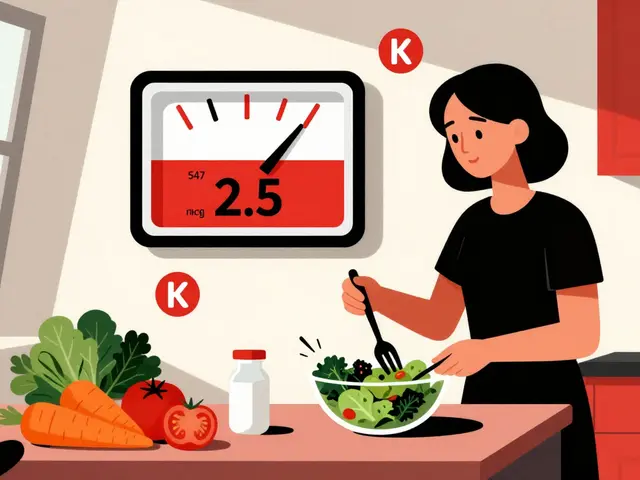Understanding Strattera Side Effects: What to Expect
Strattera, known generically as atomoxetine, is often prescribed for ADHD. Many people wonder about the side effects and how they could impact daily life. Let's unpack the most common issues and what to watch for without overwhelming you.
Common Side Effects: The Basics
One of the typical side effects people report with Strattera includes stomach upset—things like nausea or stomach pain. It usually settles down after a few days. Some users also notice decreased appetite or small weight changes. Be aware that headaches and trouble sleeping are also on the list but don’t happen to everyone.
It’s worth noting that some might feel a bit jittery or experience mood shifts, like irritability or mood swings. If these become severe or unusual, chatting with your doctor can make all the difference.
Less Common but Important Effects
Heart rate and blood pressure can be affected by Strattera. If you have a history of heart problems, talk openly with your healthcare provider before starting it. They might want to keep an eye on your heart during treatment. Rarely, individuals report liver issues or allergic reactions; symptoms like yellowing skin or rash require immediate medical attention.
One surprising point – Strattera doesn't have the stimulant effects typical of many ADHD drugs, so dependence and abuse risks are lower. That can be reassuring if you've heard worries about addiction.
Managing side effects is a real concern for anyone starting a new medication. Small changes like taking Strattera with food, adjusting the dosage, or timing doses can help reduce unwanted symptoms. Regular follow-ups with your doctor help tailor treatment to your needs and keep side effects manageable.
To wrap it up, Strattera side effects vary from person to person. Staying informed and in close contact with your healthcare team ensures you get the most benefit while minimizing the downsides. Remember, if something feels off or unusual, don’t hesitate to speak up — your health comes first.





